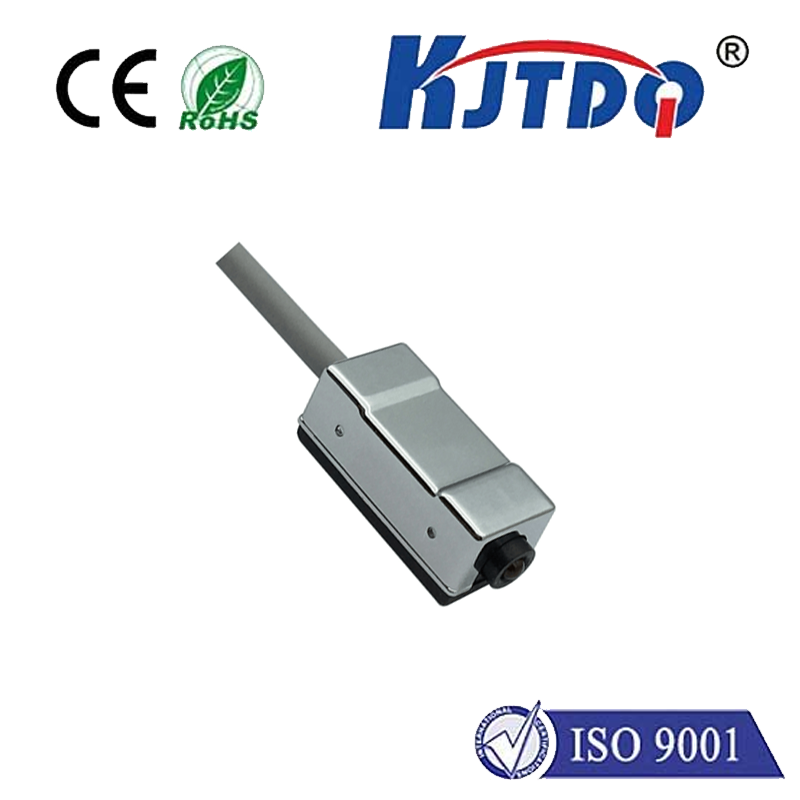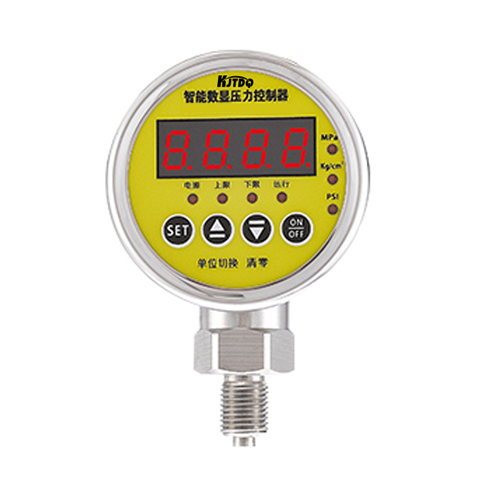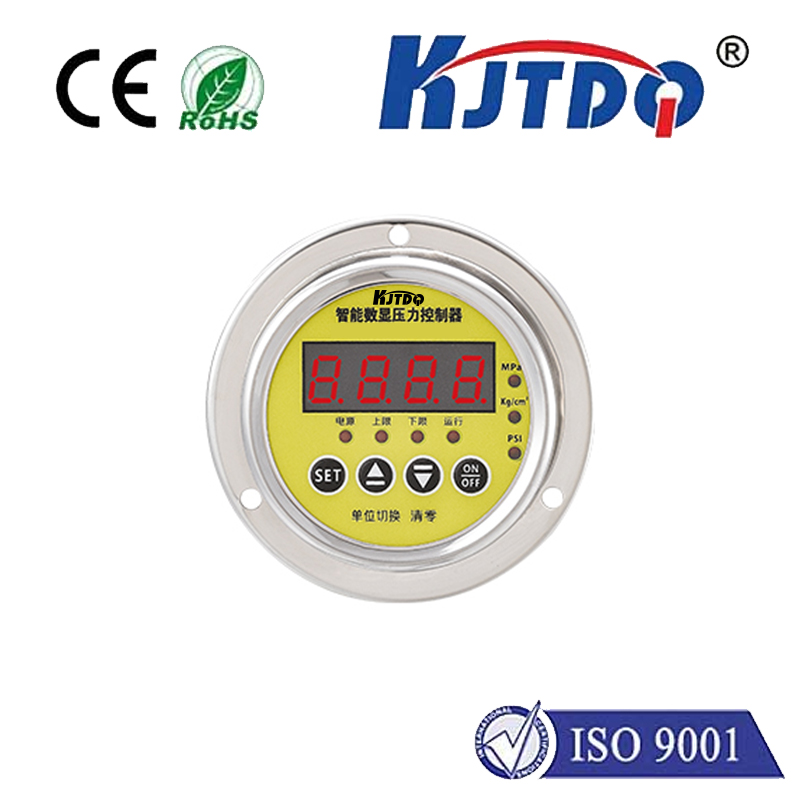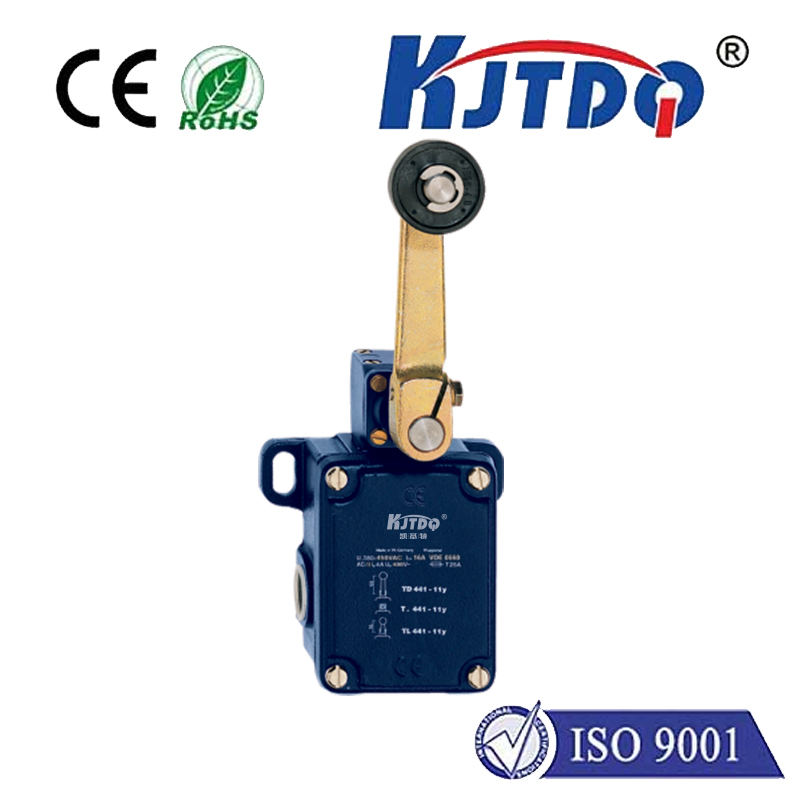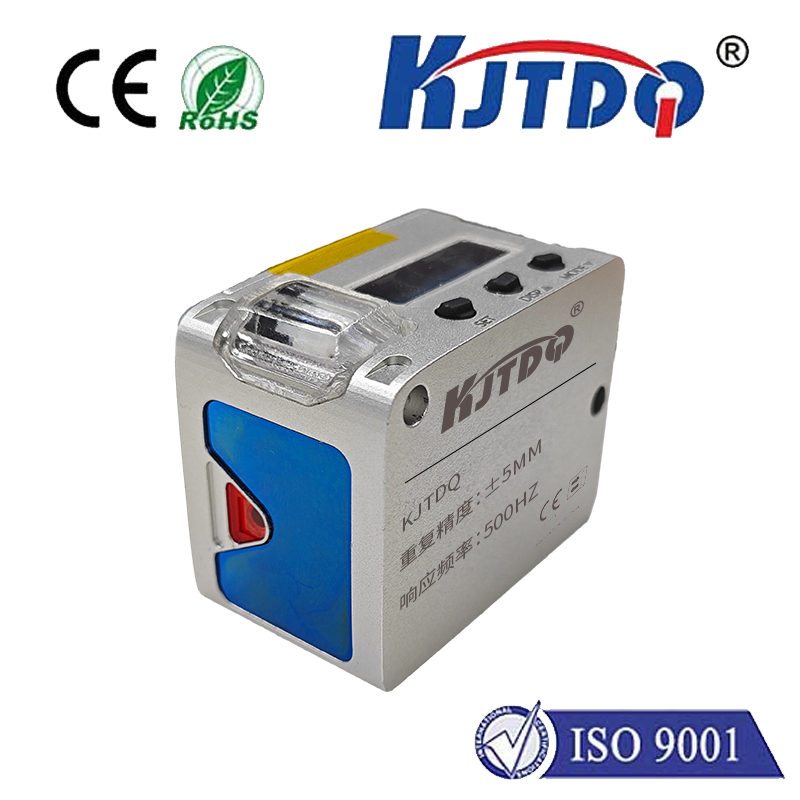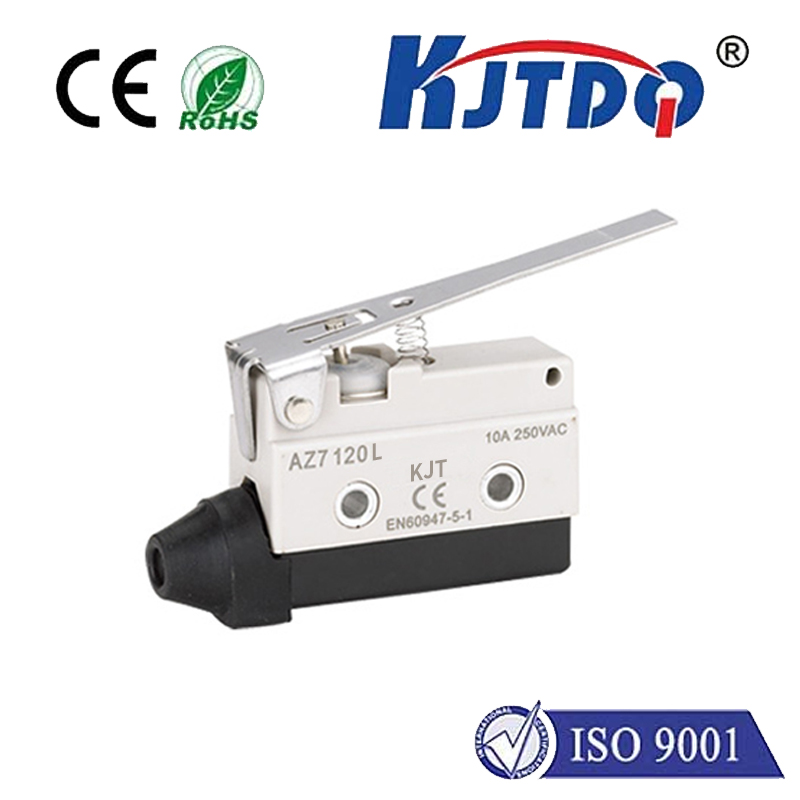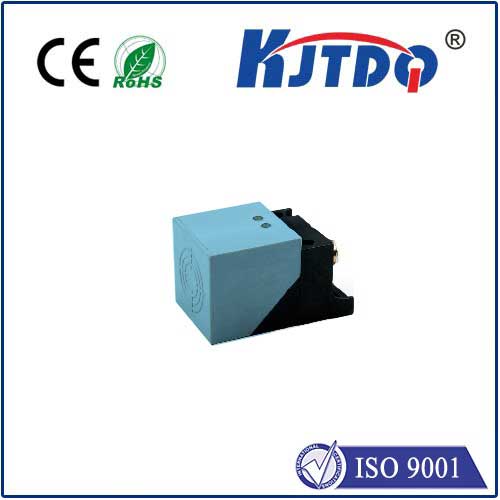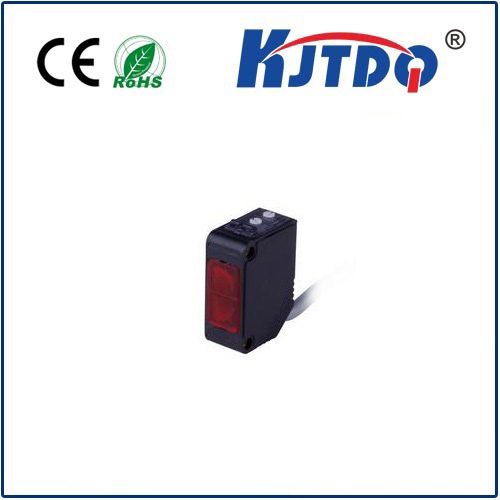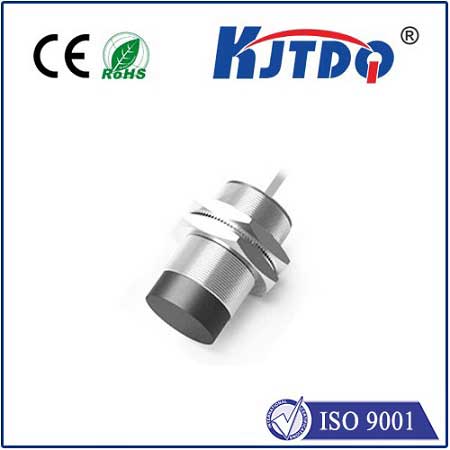

check

check

check

check

check

check

check

check

check

check

Title: Exploring the Innovations of Laser Rangefinder Sensors Introduction Technological advancements have paved the way for the development of numerous sensors that have revolutionized various industries. Among them, laser rangefinder sensors stand out due to their precision and versatility. This article will delve into the innovative features of laser rangefinder sensors, their applications, and the future prospects of this technology. What is a Laser Rangefinder Sensor? A laser rangefinder sensor is a device that measures the distance between two points using laser beams. It works by emitting a short pulse of laser light, which bounces off the target object and returns to the sensor. The sensor then calculates the distance based on the time it took for the laser to travel to the target and back. This technology has become increasingly popular in various fields due to its accuracy and reliability. Advantages of Laser Rangefinder Sensors One of the key advantages of laser rangefinder sensors is their ability to provide highly accurate measurements. Unlike other ranging methods, such as ultrasonic or infrared sensors, laser rangefinders are less affected by environmental factors like temperature, humidity, or dust. This makes them ideal for use in harsh or challenging environments. Additionally, laser rangefinder sensors offer high resolution and can measure distances over long ranges, making them suitable for a wide range of applications. Applications of Laser Rangefinder Sensors Laser rangefinder sensors have found applications in various industries, including automotive, robotics, aerospace, and construction. In the automotive industry, they are used in adaptive cruise control systems to maintain a safe following distance between vehicles. In robotics, they enable robots to navigate around obstacles and perform tasks with precision. In aerospace, laser rangefinders are used in air traffic control systems to monitor aircraft altitude and ensure safe flight operations. In construction, they are used for surveying and layout work to ensure precise measurements and alignment. Future Prospects of Laser Rangefinder Sensors As technology continues to advance, the potential applications for laser rangefinder sensors are endless. With the integration of artificial intelligence and machine learning algorithms, these sensors can become even more intelligent and autonomous. They can potentially be used in autonomous vehicles, drones, and smart cities to improve safety, efficiency, and convenience. Furthermore, research is ongoing to develop smaller, more energy-efficient laser rangefinders that can be embedded into everyday objects, such as smartphones or wearable devices. Conclusion In conclusion, laser rangefinder sensors have come a long way since their inception. Their ability to provide highly accurate and reliable measurements has made them an essential tool in various industries. As technology continues to evolve, we can expect to see even more innovative applications for these sensors in the future.
